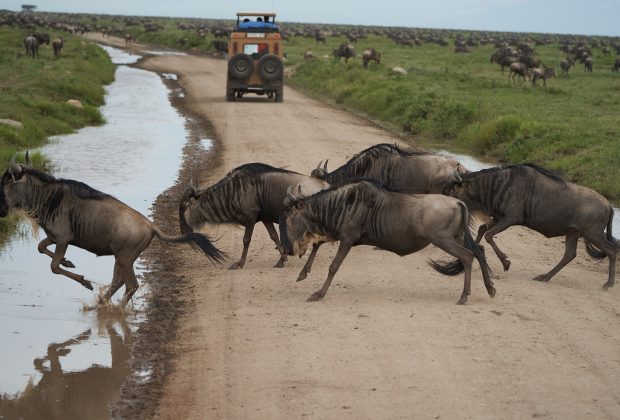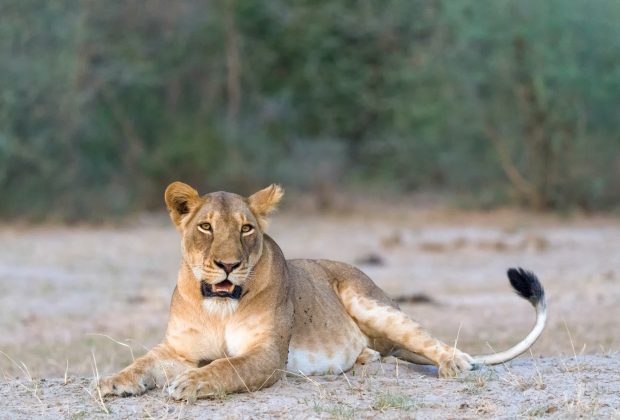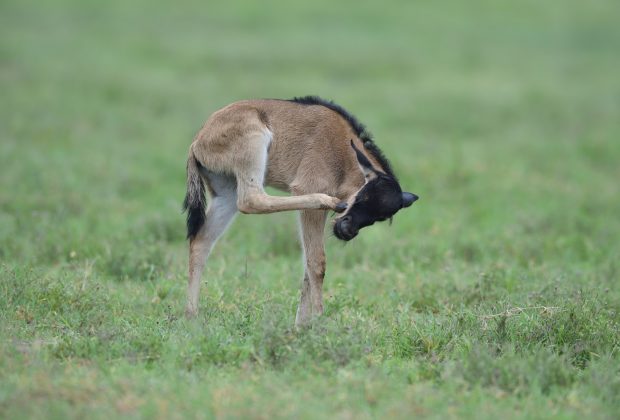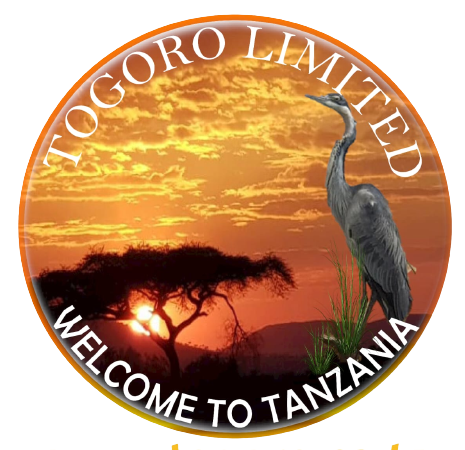6 Days Tanzania Safari – Lake Manyara, Serengeti NP & Ngorongoro Crater



This will be the opportunity to get the mix of the exclusive conveniences from our pre-booked accommodations inside the parks and or to get in the heart of the action where you’ll hear and even see animals passing by without having to sacrifice comfort. This package combines the best of Lake Manyara, Serengeti, and Ngorongoro with the best of staying
Day 1. Arrival Date
You will be picked from the Kilimanjaro International Airport with our professional Guide and drive to Arusha for dinner and overnight at Arusha Serena Hotel.
Day 2. Arusha to Lake Manyara National Park
Depart from the lodge in the morning and drive to Lake Manyara National Park. The park encompasses the northwest bank and part of the alkaline Lake Manyara which itself rests in the Great Rift Valley. The park is perhaps best known for its flamingos, pelicans, and cormorants but it is also the home for a few hundred other species of birds; it is, therefore, a paradise for ornithologists. Next to a great variety of birds, the ‘‘Big Game’’ can also be seen. With a bit of luck, you might see elephants in the wooded regions and with even fortune the tree-climbing lions. Indeed, it was thought for a long time that the Lake Manyara Np is the only place where lions can be found with this typical behavior of climbing trees. Baboons and vervet monkeys are also found amongst the forested areas and in the more open spaces, giraffes nibble at the fresh leaves while the various types of antelopes common to the region browse for tasty shoots. Dinner and overnight at Lake Manyara Serena Lodge.
Day 3. Lake Manyara National park – Serengeti National park
In the morning, we will depart from the Lodge and head towards Serengeti National Park across the Ngorongoro Conservation Area Authority (Loduare Gate). The stretch of road towards the park’s gates offers a fantastic opportunity to see animals in their natural habitat, often during migration including wildebeests, zebras, impalas, and lions. We will have a picnic lunch at the gate of the Serengeti National Park (Naabi Gate) where you can also follow a trail to the top of the hill which boasts stunning views over the famous Serengeti. With the game drive en-route, we will head for dinner and overnight at Serengeti Serena Safari Lodge.
Day 4. Serengeti – Ngorongoro
We will commence our journey in the morning where we can capture an abundance of animals as the sunrises over the Serengeti plains.
We will enjoy the game drive at Serengeti National Park in the rolling grasslands, dotted with wildlife, zebras, impalas, and hippos in their pools. In the late afternoon, we will head towards Ngorongoro and visit the Maasai Boma on our way, dinner, and overnight at Ngorongoro Serena Safari Lodge.
Day 5. Ngorongoro Crater – Arusha
Early morning breakfast; and descend to the Ngorongoro Crater this is a highly visited African attraction is the world’s largest inactive, unbroken and unfilled volcanic caldera. At this point, we will get a chance to see a large number of mammals such as the endangered rhinos, mountain reedbuck, jackals, and numerous bird species including white pelicans and flamingos on Lake Ndutu and Lake Magadi. In the afternoon have our picnic lunch and have a short afternoon game drive before we drive to Arusha for dinner and overnight at Arusha Serena Hotel.
Day 6. Departure Day
You will leave the hotel depending on your departure flight. On this day you will be required to check out your rooms before 10; 00 am so if your flight is in the evening and you require a day room use we request you to let us know prior.
INCLUSIONS
Activities/services included in the cost:
- All airport transfers in private car
- Services of a professional safari guide
- Accommodation with meals
- All wildlife reserve entry fees and camping fees
- Drinking water on the vehicle during safari.
- Day use room in Arusha.
- Hot lunch.
Activities/services excluded in the cost:
- Tips to your guide
- Personal travel insurance
- All other items of a personal nature
- Alcoholic beverages
- Soft drinks other than the mineral water
Passenger Information
- Passengers should bring only duffle bags safaris{not suitcases}
- All the passengers must have Identification Card/Passport with them for internal flights.
- Baggage on domestic flights is strictly limited to 15kgs per person (including hand luggage). Any excess baggage will be charged by the airline at check-in.
- Passengers arriving to Tanzania may be asked to present a valid Yellow Fever Vaccination Certificate
- Tourist Visa will be obtained at the entry points, but it is advisable to double check before travelling to Tanzania.
When is the best time to go on a safari in Tanzania?
- The best time for a safari in Tanzania largely depends on your preferences. However, the dry season (from late June to October) is generally considered the best time for wildlife viewing as animals congregate around water sources. The calving season (January to February) in the Serengeti is also popular for witnessing the Great Migration.
What should I pack for a Tanzania safari?
- Essential items include lightweight and neutral-colored clothing, a wide-brimmed hat, sturdy walking shoes, sunscreen, insect repellent, a camera with extra batteries and memory cards, binoculars, and any personal medications. Additionally, it’s advisable to pack warm clothing for chilly mornings and evenings, especially during the cooler months.
What types of accommodations are available on safari in Tanzania?
- Tanzania offers a range of accommodations, including luxury lodges, tented camps, mobile camps, and budget-friendly campsites. Luxury lodges provide premium amenities and comfort, while tented camps offer a more authentic safari experience. Mobile camps are set up in remote areas, allowing for a closer connection to nature, while campsites provide a more affordable option for budget travelers.
What wildlife can I expect to see on a Tanzania safari?
- Tanzania is renowned for its diverse wildlife, including the Big Five (lion, elephant, buffalo, leopard, and rhinoceros). Other iconic species include cheetahs, giraffes, zebras, wildebeests, hippos, crocodiles, and numerous bird species. The Serengeti National Park, Ngorongoro Crater, Tarangire National Park, and Selous Game Reserve are among the prime safari destinations.
Is it safe to go on safari in Tanzania?
- Generally, Tanzania is a safe destination for safari tourism. However, it’s important to follow safety guidelines provided by your tour operator or guide. This includes staying inside the vehicle during game drives, keeping a safe distance from wildlife, and adhering to park regulations. It’s also advisable to consult travel advisories and obtain up-to-date information on safety and security conditions.
Do I need a visa to visit Tanzania for a safari?
- Yes, most visitors to Tanzania require a visa, which can be obtained upon arrival at major airports and border crossings. However, it’s recommended to check the specific visa requirements based on your nationality and travel plans well in advance of your trip.
What types of safari experiences are available in Tanzania?
- Tanzania offers various safari experiences, including game drives, walking safaris, hot air balloon safaris, and cultural tours to visit local tribes and communities. Each type of safari provides a unique perspective on the country’s wildlife, landscapes, and cultural heritage.
What is the Great Migration, and when can I witness it?
- The Great Migration is an annual event where millions of wildebeests, zebras, and other herbivores migrate across the Serengeti ecosystem in search of fresh grazing lands. The timing of the migration varies each year, but it typically occurs between December and July, with the exact timing influenced by rainfall patterns.
